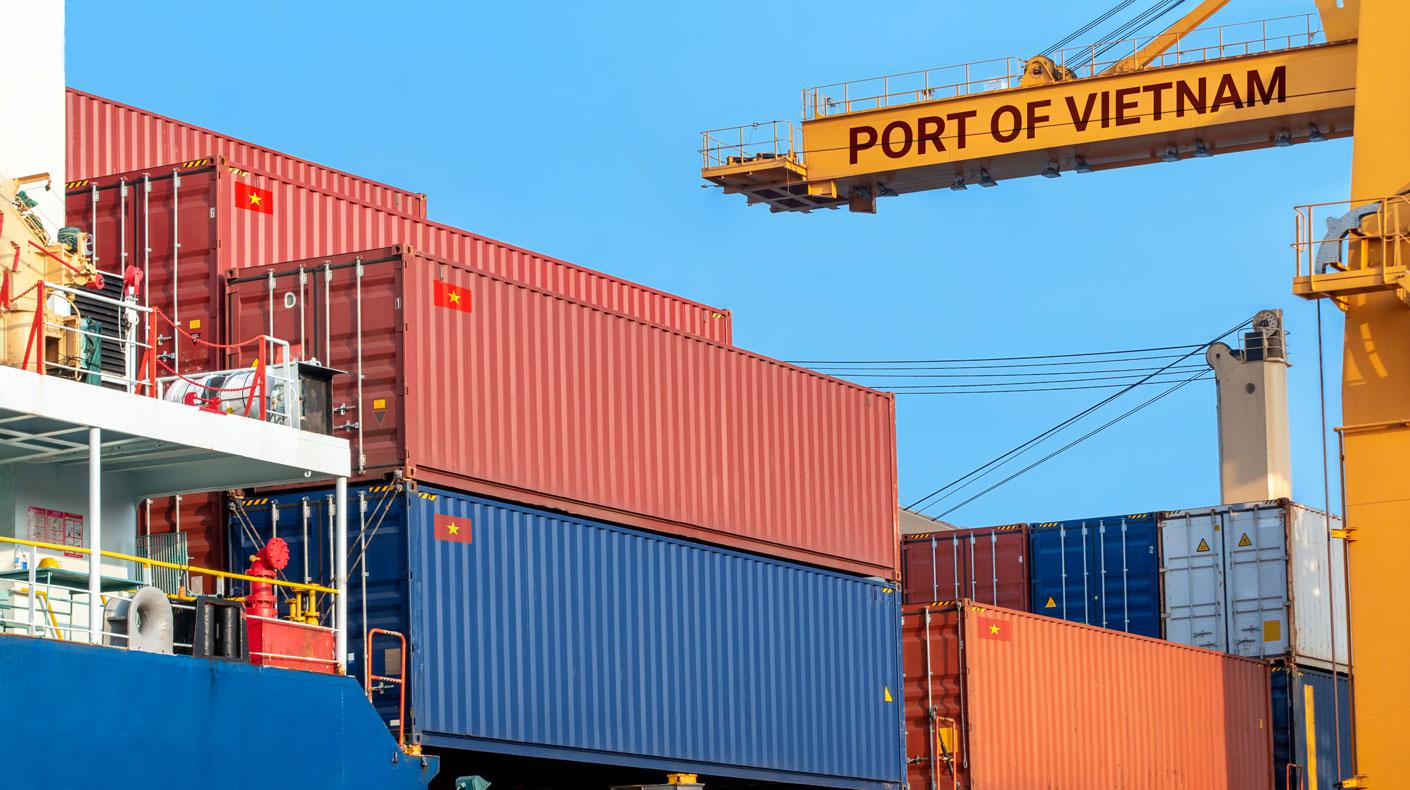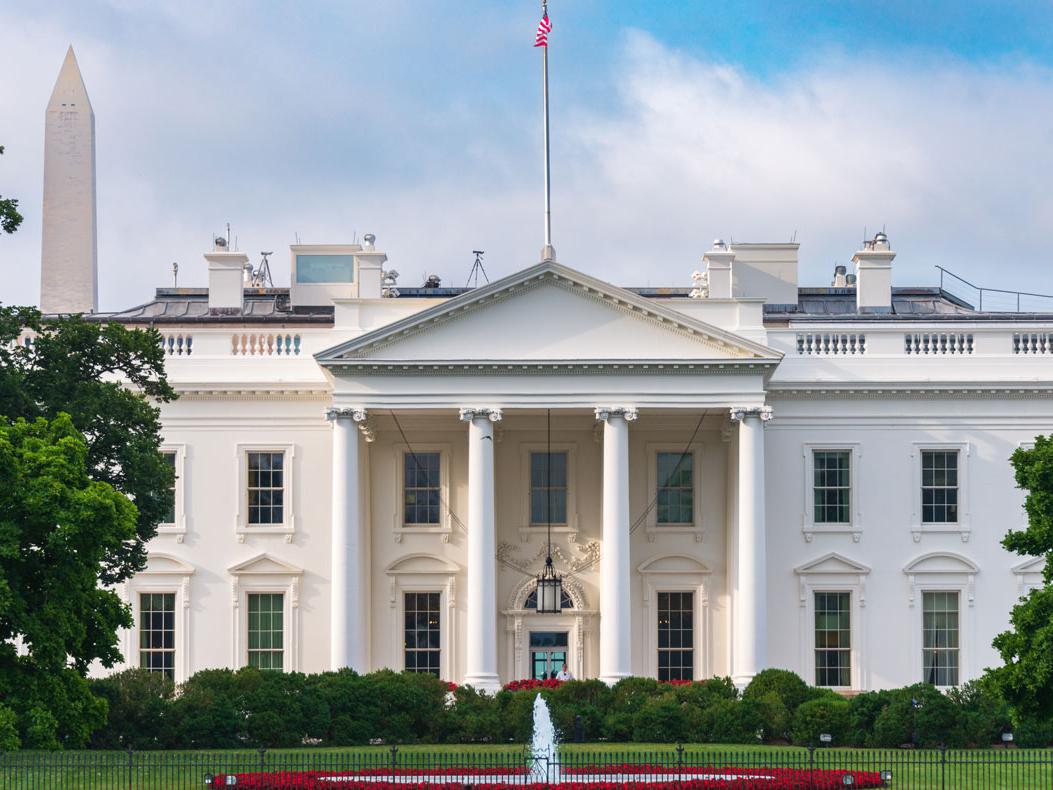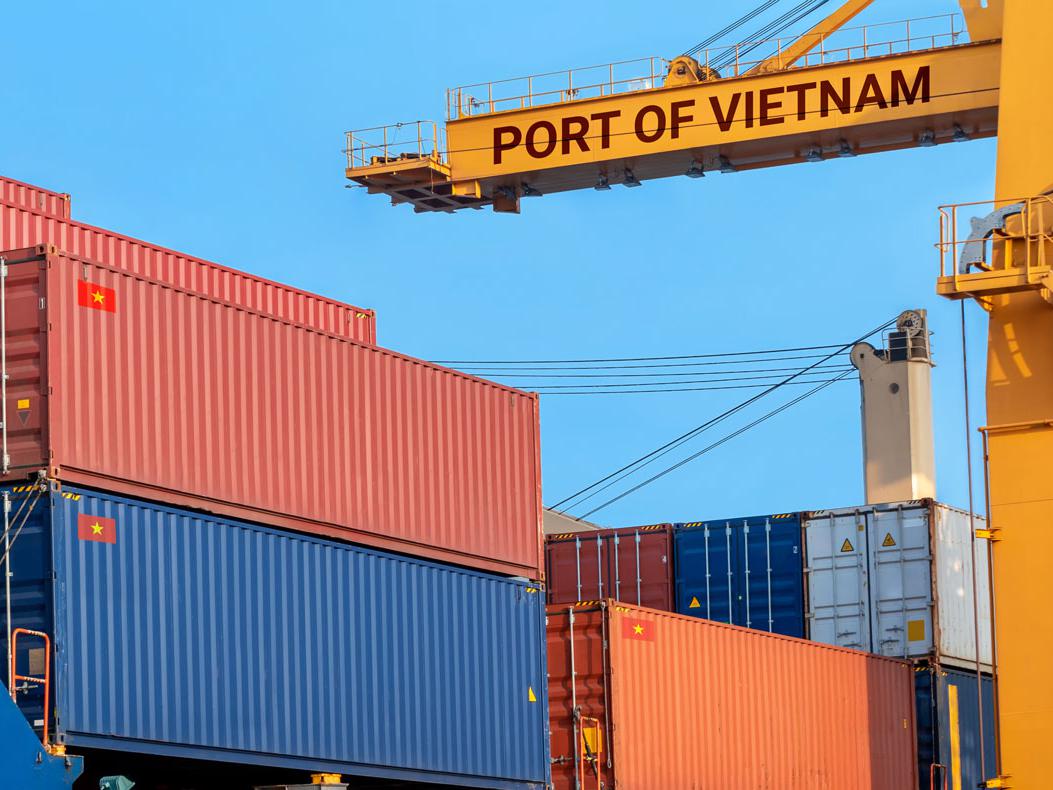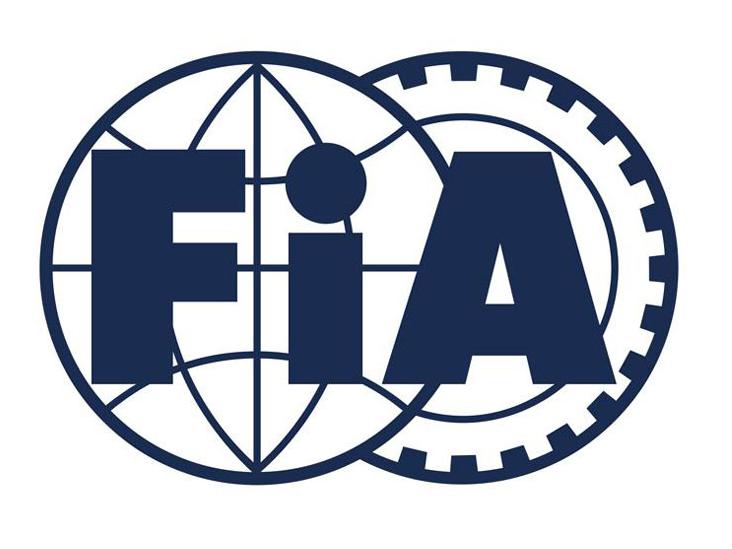U.S. Strikes Significant Trade Deal with Vietnam

From the PRI Washington, D.C., office
A new trade agreement with Vietnam is expected to reshape how many U.S. companies source and export goods, and arrives just as President Trump reaches a self-imposed July 9 deadline for additional tariff agreements with dozens of other countries. The July 3 announcement of a new trade deal with Vietnam establishes a 20% tariff on the products Vietnam exports to the U.S (thus replacing the originally proposed 46% reciprocal tariff). There will also be a 0% tariff on U.S. exports to Vietnam.
The deal comes with an important caveat regarding transshipments (more details below).
Key Takeaways for PRI members and industry members:
- Consider Vietnam as a more predictable and lower-risk production alternative to China.
- Take advantage of tariff-free export opportunities into Vietnam.
- Review your Vietnam-based sourcing for any Chinese-origin content.
- Watch for future guidance on enforcement standards for the 40% transshipment penalty.
More Analysis on What This Means for Businesses
For motorsports businesses, the announcement provides both an opening and new compliance considerations.
Vietnam in recent years has become an increasingly important manufacturing partner for U.S. companies, largely due to steep tariffs imposed on Chinese goods during President Trump's first term, which President Biden kept in place. Those measures pushed companies to diversify their supply chains, and Vietnam emerged as a leading alternative, especially for electronics, textiles and furniture. Many automotive suppliers have followed that trend, with companies turning to Vietnamese facilities for components, accessories and electronics.
Now, with this formal tariff deal in place, Vietnam stands out as a viable and stable production base, especially for businesses looking to move production out of China.
However, the deal includes an important caveat: the U.S. intends to clamp down on goods that are rerouted through Vietnam by companies looking to reduce the cost of tariffs. This means that products that originate in other countries (especially China), and are only minimally processed in Vietnam, will face a 40% transshipment tariff.
- Specific guidance and enforcement criteria remain unpublished, but companies relying on Vietnam-based suppliers should evaluate their sourcing and manufacturing processes to avoid penalties.
The most encouraging development is Vietnam's 0% tariff commitment on U.S. exports, including vehicles with large engine displacement. This opens doors for U.S. manufacturers, performance brands and specialty parts suppliers seeking to enter or expand sales in Southeast Asian markets.
Next Steps
For the Vietnam agreement, PRI will continue to monitor implementation and advocate for clear, fair standards on behalf of our members. For other nations, expect a flurry of announcements as the upcoming July 9 deadline is reached.
Questions? Contact Juan Mejia, SEMA's senior manager for federal government affairs, at jmejia@sema.org.
Image courtesy of Shutterstock
 MEMBERSHIP LOGIN
MEMBERSHIP LOGIN JOIN PRI
JOIN PRI


